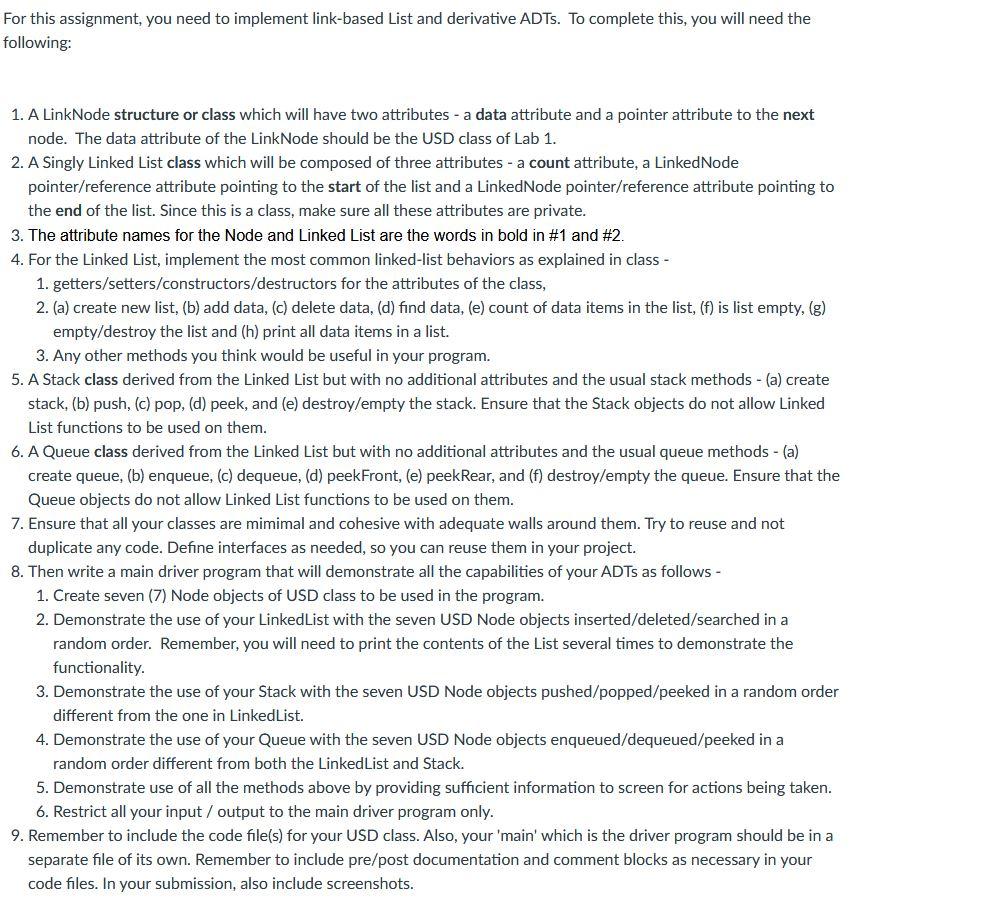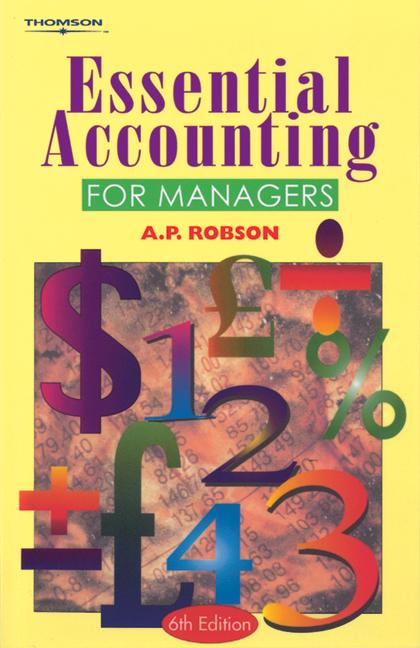Question
In C++ please. DOLLAR class: #pragma once #include using namespace std; class Dollar // Dollar class { protected: int noteValue; int coinValue; string currencyName; public:
In C++ please.
DOLLAR class:
#pragma once #include
using namespace std;
class Dollar // Dollar class { protected: int noteValue; int coinValue; string currencyName; public: Dollar() {}; // default constructor
Dollar(int note, int coin) { // parameterized constructor noteValue = note; coinValue = coin; } ~Dollar() { // copy constructor
}; // setters and getters. int getNoteValue() { return noteValue; } void setNoteValue(int x) { noteValue = x; }
int getCoinValue() { return coinValue; } void setCoinValue(int x) { coinValue = x; }
Dollar operator +(Dollar obj) { Dollar obj2; obj2.noteValue = noteValue + obj.noteValue; obj2.coinValue = coinValue + obj.coinValue; return obj2; }
Dollar operator -(Dollar obj) { Dollar obj2; obj2.noteValue = this->noteValue - obj.noteValue; obj2.coinValue = this->coinValue - obj.coinValue; return obj2; } Dollar operator = (Dollar obj) { Dollar obj2; obj2.noteValue = obj.noteValue; obj2.coinValue = obj.coinValue; return obj2; } bool operator ==(Dollar obj) { if ((this->noteValue == obj.noteValue) && (this->coinValue == obj.coinValue)) return true; else return false; } bool operator noteValue coinValue (Dollar obj) { if ((this->noteValue > obj.noteValue) && (this->coinValue > obj.coinValue)) return true; else return false; } double dollarToCsdollar(int note, int coin) // converter from Dollar to CIS22CDollar { double amount = (note + coin * 0.01); return amount * 1.36; } double dollarAmount(int note, int coin) //Total calculator for Dollar { cout
int getCoinValue() { return coinValue; } void setCoinValue(int y) { coinValue = y; } double conversionToDollar(int note, int coin) { // converter to DOLLAR class double amount = (note + coin * 0.001); return amount * 0.74; } double cisDollarAmount(int note, int coin) { // total number of cents which is used later in code. (note + coin * 0.01); } };

Step by Step Solution
There are 3 Steps involved in it
Step: 1

Get Instant Access to Expert-Tailored Solutions
See step-by-step solutions with expert insights and AI powered tools for academic success
Step: 2

Step: 3

Ace Your Homework with AI
Get the answers you need in no time with our AI-driven, step-by-step assistance
Get Started


